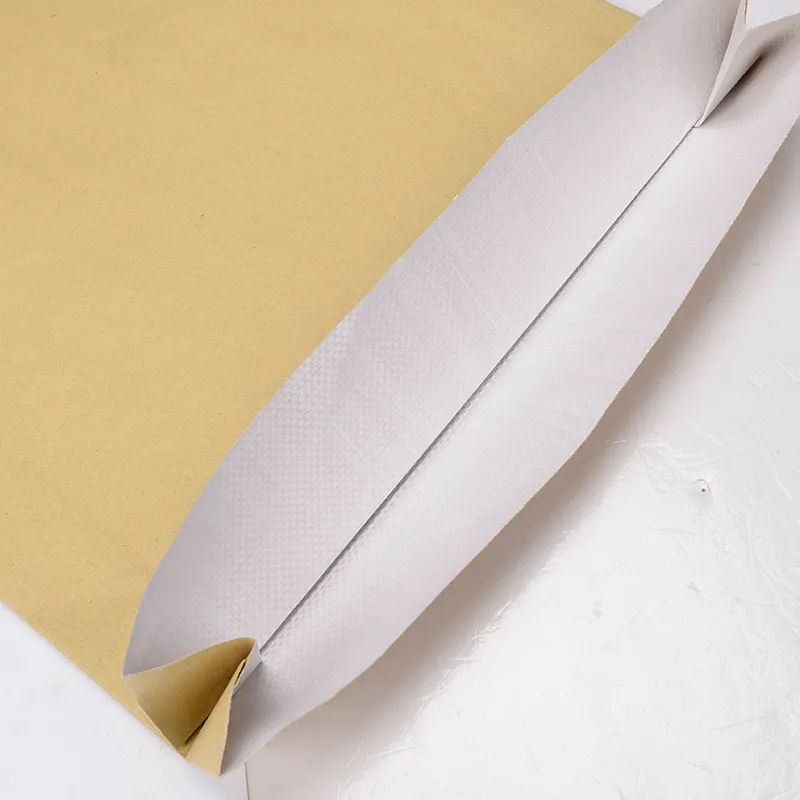
Add a header to begin generating the table of contents
In recent years, the demand for eco-friendly packaging solutions has surged as consumers and businesses alike become increasingly aware of environmental issues. Among these solutions, Eco-Friendly Woven Bags stand out as a versatile and sustainable option, particularly in the agricultural sector, where they are used extensively for packaging livestock feed. This article explores how these bags contribute to environmental sustainability and offers guidance for selecting the right product for specific applications.
Understanding Eco-Friendly Woven Bags
Eco-Friendly Woven Bags are typically made from polypropylene (PP) and designed to be recyclable. These bags, often referred to as Eco-Friendly Woven Sacks or Woven Recyclable Bags, are not only strong and durable but also contribute significantly to reducing plastic waste. They can be reused multiple times and are designed to decompose more easily than traditional plastic bags, making them a favored choice in sustainable packaging.
The Environmental Benefits
The production and use of Eco-Friendly Woven Bags offer several environmental benefits:
- Recyclability: Most woven bags can be recycled, which helps reduce landfill waste. This is crucial in mitigating the environmental impact associated with single-use plastics.
- Sustainability: Made from 100% new polypropylene, these bags utilize less energy and resources in their production compared to conventional plastic packaging.
- Reduced Carbon Footprint: By choosing recyclable PP bags, businesses can significantly lower their carbon emissions. The manufacturing processes involved in creating these bags have a smaller ecological footprint.
- Durability: Woven bags are designed to withstand harsh conditions, making them suitable for various applications, including livestock feed. Their robustness reduces the need for frequent replacements, further conserving resources.
Applications in Livestock Feed Packaging
Eco-Friendly Woven Bags are widely used for packaging various types of livestock feed, including:
- Pig feed
- Poultry feed (chicken and turkey)
- Cattle and sheep feed
- Aquaculture feeds (fish and shrimp)
- Premixed feeds
- Veterinary medicines
- Feed additives
Given their strength and adaptability, these bags are ideal for containing different feed types, protecting the contents from moisture, pests, and contamination.
Choosing the Right Product
When selecting the appropriate Eco-Friendly Woven Bag for livestock feed packaging, customers should consider several product parameters:
| Parameter | Considerations |
|---|---|
| Thickness | Thicker bags offer greater durability but may be heavier; assess the balance between weight and strength. |
| Grams per Square Meter (GSM) | Higher GSM typically indicates a stronger bag, suitable for heavier feeds or bulk packaging. |
| Size | Choose a size that matches the volume of feed to minimize excess material while ensuring sufficient capacity. |
| Outer Layer Coating | A laminated outer layer can enhance moisture resistance, especially important for feeds susceptible to spoilage. |
| Inner Liners | Bags with inner liners provide additional protection against contamination and moisture, particularly for pre-mixed feeds. |
Conclusion
As sustainability becomes a key focus for many industries, the use of Eco-Friendly Woven Bags in livestock feed packaging represents a significant step towards reducing environmental impact while ensuring product integrity. When selecting these bags, understanding the specific needs of the feed being packaged is crucial for optimal performance. By prioritizing features such as thickness, GSM, size, coating, and liners, customers can make informed decisions that not only support their operational needs but also contribute to a more sustainable future.
For more information on sustainable packaging solutions, visit Eco-Friendly Woven Bags.